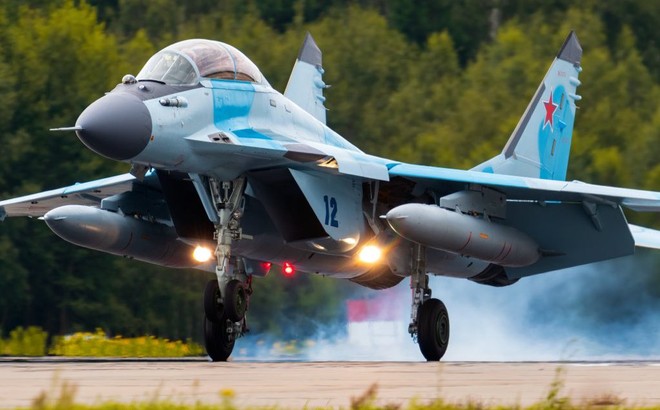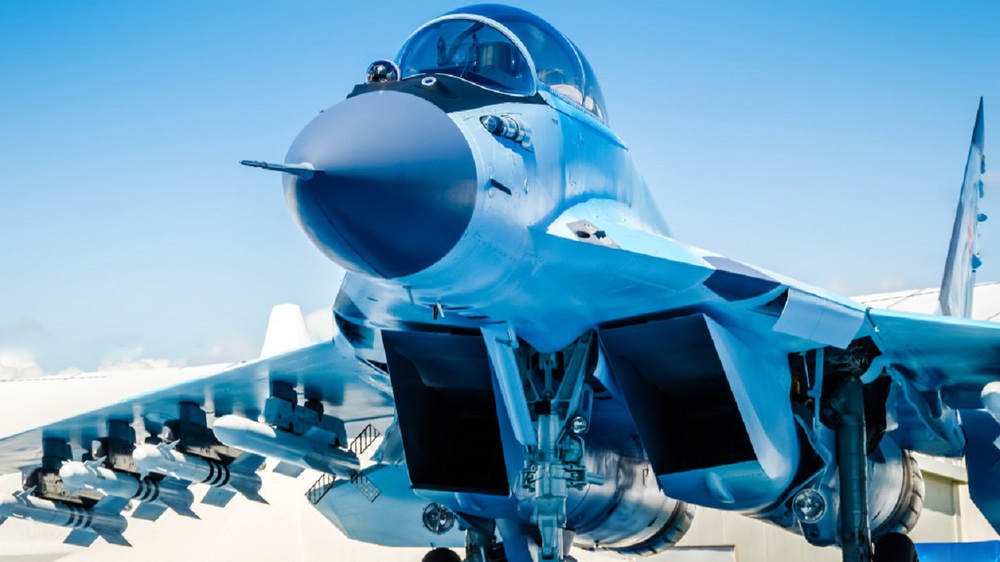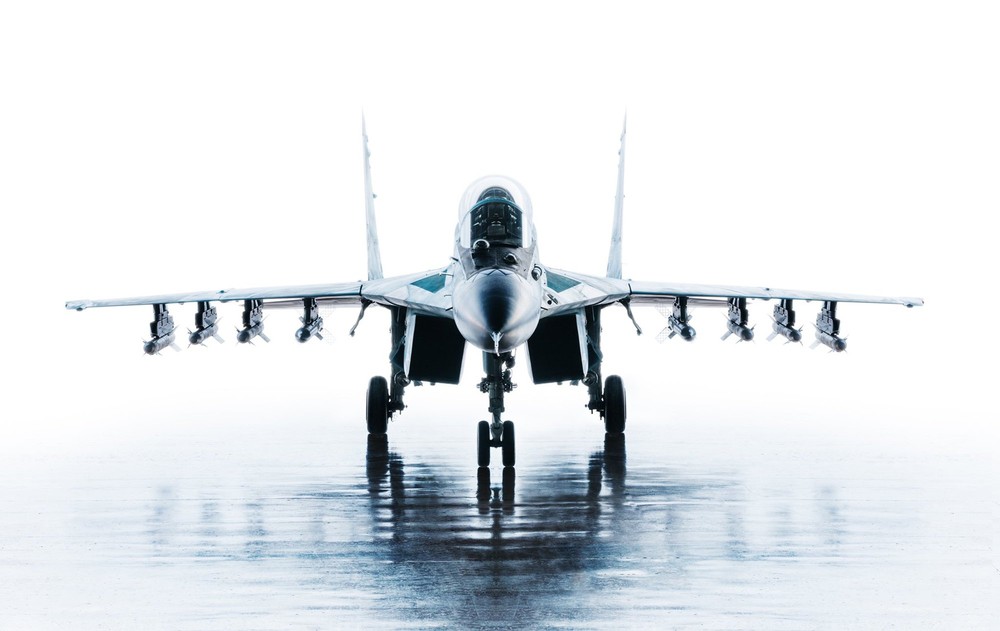The Mikoyan MiG-35, also known as the “Fulcrum-F” by NATO, represents a significant advancement in Russian aviation technology. As one of the latest iterations of the storied MiG family, the MiG-35 is designed to be a versatile and powerful multi-role fighter aircraft, capable of engaging in a wide range of missions, from air superiority to ground attack. With its cutting-edge technology, enhanced combat capabilities, and impressive performance, the MiG-35 is poised to play a critical role in the future of Russia’s air force.
A Modern Evolution of the MiG Legacy
The MiG-35 is an evolution of the MiG-29, a fighter that became a symbol of Soviet air power during the Cold War. While it retains the iconic design of its predecessor, the MiG-35 incorporates numerous upgrades that make it a formidable opponent in modern aerial combat. Developed by the Mikoyan Design Bureau, the MiG-35 is part of Russia’s strategy to maintain air superiority and expand its influence in the global arms market.
One of the most notable features of the MiG-35 is its advanced avionics and electronic warfare systems. The aircraft is equipped with a state-of-the-art Zhuk-AE active electronically scanned array (AESA) radar, which provides superior target detection and tracking capabilities. This radar allows the MiG-35 to engage multiple targets simultaneously, enhancing its effectiveness in both air-to-air and air-to-ground missions.

Enhanced Combat Capabilities
The MiG-35 is designed to excel in a variety of combat scenarios. Its multi-role capability means it can switch between air superiority missions and ground attack roles with ease. The aircraft is armed with a diverse array of weapons, including air-to-air missiles, precision-guided bombs, and anti-ship missiles, making it highly adaptable to different mission requirements.
One of the key strengths of the MiG-35 is its maneuverability. Building on the agility of the MiG-29, the MiG-35 features thrust-vectoring nozzles that allow it to perform highly complex maneuvers, giving it an edge in dogfights. This agility, combined with its speed and advanced avionics, makes the MiG-35 a lethal adversary in aerial combat.
Additionally, the MiG-35 is designed to operate in challenging environments. It can take off and land on short runways and is capable of operating in harsh weather conditions, which makes it suitable for deployment in a wide range of theaters. The aircraft’s versatility is further enhanced by its ability to carry out missions at both high and low altitudes, ensuring it can engage targets in diverse operational settings.
Stealth and Survivability
While not a stealth aircraft in the traditional sense, the MiG-35 incorporates several features that enhance its survivability on the modern battlefield. The aircraft’s design includes reduced radar cross-section elements, which make it harder for enemy radar systems to detect and track it. Moreover, the MiG-35 is equipped with advanced electronic countermeasures (ECM) systems that can jam enemy radar and missile guidance systems, increasing its chances of evading detection and attack.
The MiG-35 also boasts an improved self-defense suite, which includes infrared missile warning sensors and a laser warning system. These systems alert the pilot to incoming threats and automatically deploy countermeasures, such as flares and chaff, to confuse and defeat incoming missiles. These enhancements make the MiG-35 a resilient and survivable platform in hostile environments.

Strategic Importance and Global Appeal
For Russia, the MiG-35 is more than just a new fighter jet; it is a symbol of the country’s commitment to maintaining a strong and modern air force. The aircraft’s development is part of Russia’s broader efforts to modernize its military capabilities and assert its presence on the global stage. The MiG-35 is also expected to play a key role in Russia’s export strategy, as it offers a cost-effective alternative to more expensive Western fighter jets, making it an attractive option for countries looking to upgrade their air forces.
Several countries have already expressed interest in the MiG-35, recognizing its potential as a versatile and powerful multi-role fighter. Russia has actively marketed the aircraft to traditional allies and emerging markets, positioning it as a capable and affordable option for nations seeking to bolster their air defense capabilities.

Conclusion: A New Chapter in Russian Aviation
The Mikoyan MiG-35 represents a new chapter in the legacy of Russian aviation. As one of the latest and most advanced fighter jets in the Russian arsenal, the MiG-35 combines the best of the MiG-29’s design with cutting-edge technology and enhanced combat capabilities. Its versatility, agility, and survivability make it a formidable addition to any air force, and its development underscores Russia’s commitment to maintaining a modern and powerful military.
As the MiG-35 enters service, it will undoubtedly play a crucial role in the defense strategies of both Russia and its international customers. With its blend of performance, technology, and affordability, the MiG-35 is set to leave a lasting impact on the world of military aviation.





